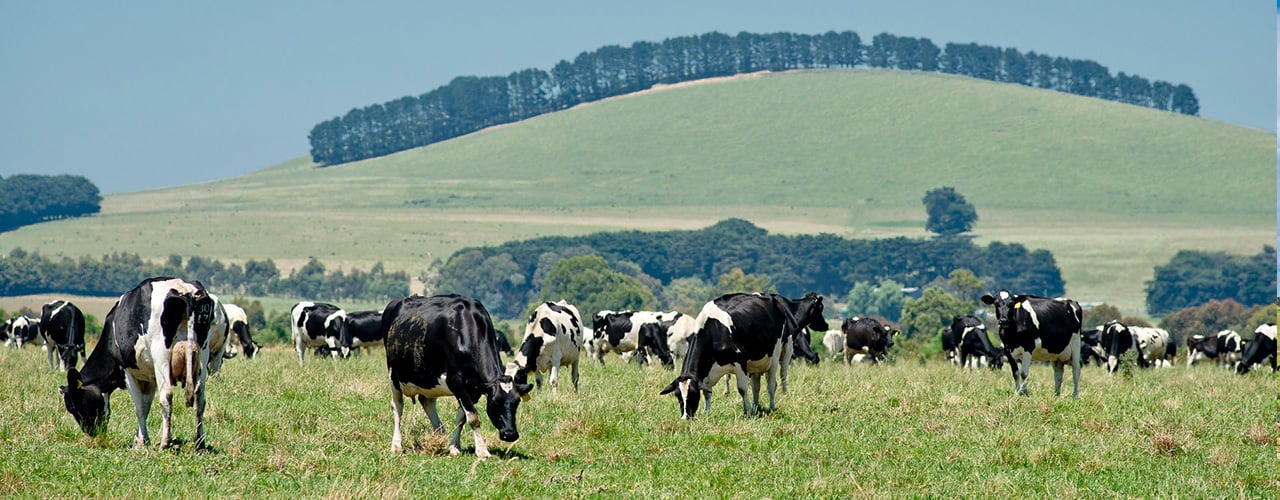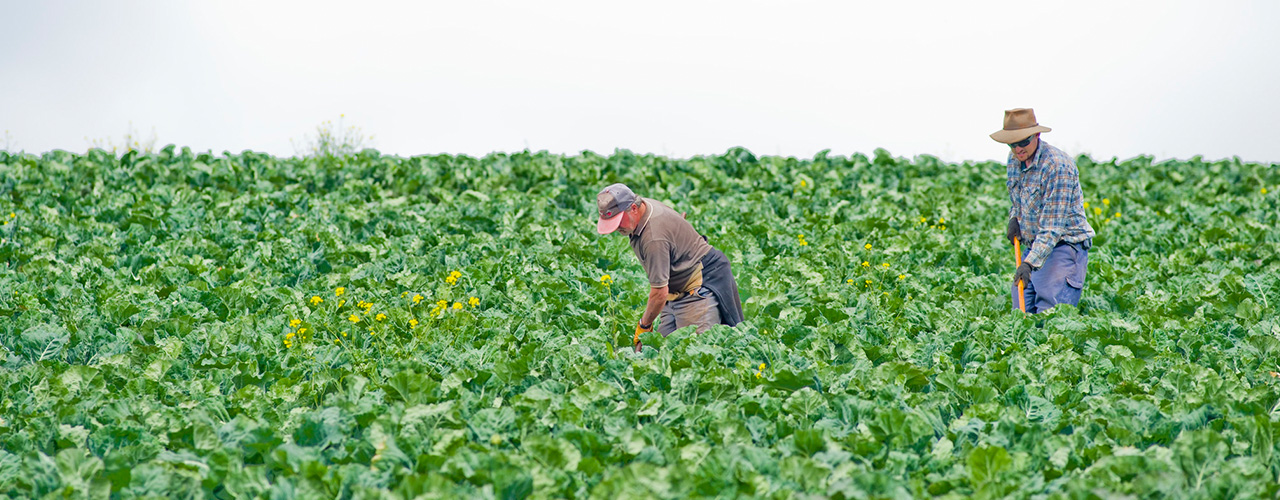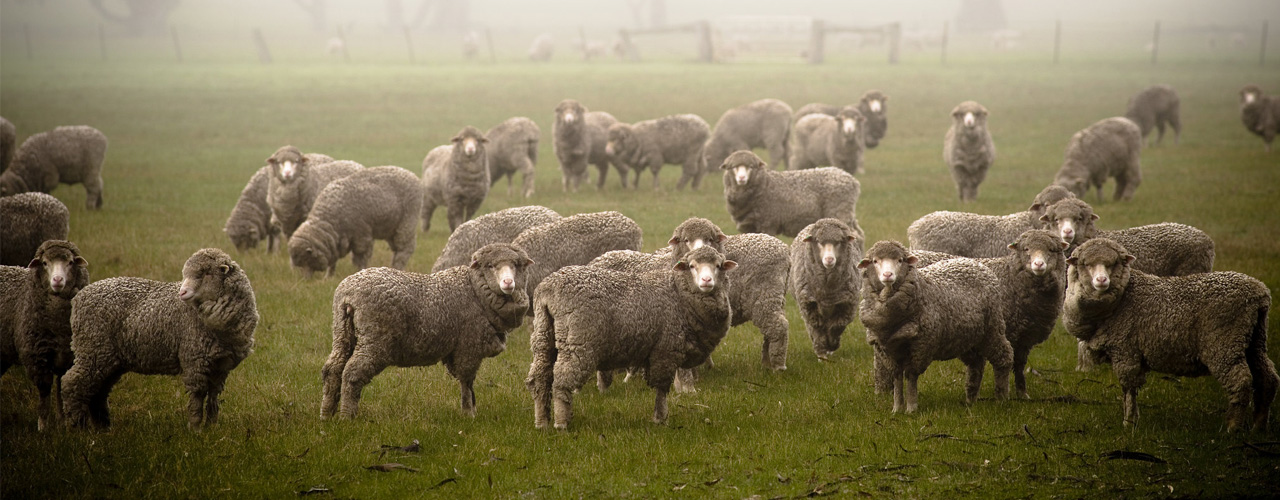Australian agriculture mid-year outlook 2024: Carbon & climate

Australian agriculture mid-year outlook 2024: Carbon & climate
Sea Surface Temperatures
The recent Bureau of Meteorology climate driver report has indicated that global sea surface temperatures (SSTs) have been the warmest on record for each month between April 2023 and May 2024.
The current global ocean conditions have not been observed before. Historical comparisons based on past ENSO or IOD events may not be reliable for this reason. This global pattern of warmth is affecting the typical historical global pattern of SSTs associated with ENSO and IOD.
For this reason, the BOM recommends its long-range forecast for the best guidance on local climate. We are also monitoring the unusual sea temperatures because of their role as climate drivers.
The Business Environment and Climate Change
In the Climate Report 2024, we commented that the business environment ahead appears turbulent. Geopolitical confrontations and the pandemic among other factors have had impacts across domestic and international supply chains. The emerging change from globalisation to more national security thinking will extend the impact.
It is essential to maintain a focus on key business influences despite the increasingly turbulent environment.
Climate change is among the key factors affecting business. There is now both stronger push and pushback around a range of responses. Disputes about the cause and likely impacts of climate change are fading. Coming to the fore now is an urgency to formulate effective responses. On the one hand, increased evidence of climate change and climate impacts is driving urgency for that effectiveness. On the other hand, there are challenges to legislation which are viewed as hastily considered. The legislation is also said to behaving unfair economic impacts by some parties.
The recent EU elections resulted in a parliament that is more conservative. This will likely see reviews of policies which put obligations on producers but do not protect them from international competition. The complaint is that international producers are either not under similar obligations or are in countries which do not have reliable enforcement of their standards. The direction in the EU and US influences market access and policy considerations in Australia. As a result, there may also be some modification of direction here.
The most desirable outcome includes reviews of previous policy which may no longer be appropriate. This is important as excess urgency so often leads to undesirable results. Undesirable results are especially common where it was unacceptable to ask prudent questions. While some of that is inevitable, timely reviews are very important to minimising this risk.
There are initiatives underway to assess what works and what doesn’t in climate policy. The Mercator Research Institute on Global Commons and Climate Change in Berlin is leading the effort to review the evidence around policies. The volume of evidence has expanded exponentially. The IPCC and research community are keen to collect and synthesize results. An evidence bank could help governments to tackle climate change. This would also feed into the next scientific assessment of the climate by the International Panel on Climate Change. It would also reduce the workload. Having said that. there are likely to be bumps and swerves on the road ahead.
Mandatory Climate Reporting Coming Soon
Recently, the Treasury Laws Amendment (Financial Market Infrastructure and Other Measures) Bill 2024 (the Bill) was given approval for the third reading in Parliament. As this reading is a formality, the Bill will be delivered to the Governor General for their assent into law.
The Bill, which will soon be an Act, requires entities that meet certain requirements[1] to make disclosures relating to climate. This is to be done in accordance with relevant sustainability standards. These standards are made by the Australian Accounting Standards Board (AASB). Those climate-related financial disclosures will require assurance by an auditor. The largest businesses will report first, with 1 Jan 2025 being the likely start date. In due course, the legislation will cover businesses with $25M in turnover or 100 FTE staff.
Under the Act, affected entities must disclose information about their exposure to material[2] climate-related financial risks and opportunities. This also includes their climate-related plans and greenhouse gas emissions.
These changes will also trickle down to smaller businesses. This is due to changes in reporting standards as larger entities must include emissions from suppliers and customers. Already producers are being asked for this information. The Bill will ensure that the reporting covers the whole economy. Almost every business will now report, but only the larger businesses will need to include a sustainability report.
The Rising Importance of Nitrous Oxide Emissions
A recent study by the Global Carbon Project around nitrous oxide (N2O) emissions has made some alarming findings. The report concluded that the global atmospheric concentration of this gas is about 24 per cent higher than prior to the industrial era. It has sharply accelerated in the last four decades. Growth in the concentration over the years 2020-22 are higher than any previous observed year. The increase exceeds the projections in all the scenarios used by the Intergovernmental Panel on Climate Change (IPCC)
N2O is 273 times more powerful as a greenhouse gas than carbon dioxide when assessed over a period of 100 years. The emissions stay in the atmosphere for an average of 117 years. It is also an ozone depleting gas. Soil N2O emissions are increasing due to interactions between nitrogen inputs and global warming. As a result, a positive N2O-climate feedback loop is emerging.
Australian use of nitrogen fertilisers is carefully managed. Usage has also been reducing as knowledge and technology permitted greater nitrogen use efficiency. None the less, the international focus on nitrous oxides will in due course influence thinking here. This may see nitrous oxides become more prominent in greenhouse gas accounting at farm level.
Developments in Technology Offer Better Solutions
Facing seemingly impossible challenges can feel discouraging. Yet globally we have addressed significant challenges and ended up with better solutions. This is despite their seeming impossible at the time. Doubling the fuel efficiency of cars in the 1970’s was regarded in some parts of the industry as impossible. Yet today we benefit from that challenge. Few people today would want to own a car as fuel inefficient as the cars of that era.
Energy is both the lifeblood of productivity and the major source of greenhouse gas emissions. Changes in this zone have huge implications for industry and climate change. Ultimately, these changes could prove very positive.
Successful agricultural transitions in the face of significant challenges are also possible. Though only once agricultural industries are ready to move and can agree on significant objectives. The agribusiness industry also needs to identify the necessary financial and knowledge resources. It is desirable along the journey to keep in mind the other challenges in the business environment. Among them, reliance on fragile supply chains as a key risk.
In the past decade, there has been increasing interest in liquid sodium as a heat storage and transfer mechanism. It is being used in Concentrating Solar Power (CSP) systems. It is also used in nuclear facilities where it eliminates the risk of meltdown events.
A solar power tower or heliostat power plant uses an array of mirrors to focus the suns energy on a tower. The heat generated in the tower is transferred to storage. From there it is released in a controlled way to create steam to drive turbines. The turbines in turn create electricity with very low carbon intensity.
The Australian Renewable Energy Agency (ARENA) is supporting an Australian initiative by Vast Solar. The company successfully established a second-generation heliostat power plant as a pilot near Forbes. The second-generation towers are not as tall as the facilities in the first-generation. This minimises the visual impacts in the regional environment. Another facility is under construction. Vast Solar will build the 30 MW / 288 MWh plant (called VS1). It is expected to enter commercial operation in late 2025. The project seeks to demonstrate the technical and operational viability of the technology at scale.
The Australian Government and ARENA have also provided Vast Solar with $19.48 million in conditional funding through the co-operative HyGATE initiative with Germany. The funding supports Vast Solar’s Solar Methanol production plant, a 10 MW electrolyser producing green hydrogen for solar methanol production. The facility is being built at the Aurora Energy Project, 20km outside Port Augusta. It will generate clean, low-cost, dispatchable power with 8+ hours thermal energy storage.
A liquid sodium-cooled nuclear facility is under construction in the US state of Wyoming. TerraPower developed the design over the past fifteen years with support from the Gates Foundation. This design is believed to be far safer than any existing plant. The core temperatures are held under control by the laws of physics instead of human operators. This reduces the risk of serious mistakes. It is expected to have a shorter construction timeline and be cheaper to operate. The plant will, of its nature provide power 24/7.
It is essential to assess the environmental and economic implications of novel technologies before we scale them up. None will be perfect, but we can still make the choices that offer the optimum compromise.
Public Consultation on the Revised Reforestation by Environmental or Mallee Plantings method
Public consultation for the Reforestation by Environmental or Mallee Plantings method 2024 is open until 15 July 2024. The Reforestation by Environmental or Mallee Plantings method is the ACCUs Scheme method that is widely used in reforestation projects. Applications for projects under the previous version were suspended. The release of this revised method is a welcome step on the path to a new method, and new reforestation projects.
You can view the exposure draft documents and upload a submission on the consultation website. Please note that submissions will be made publicly available.
Explore our other commodities
[1] See the Climate Report 2024 for the proposed table of implementation.
[2] Materiality is a key accounting principle. It requires consideration of whether information in a report is relevant, complete and accurate. So that a reasonable user is not misled.




